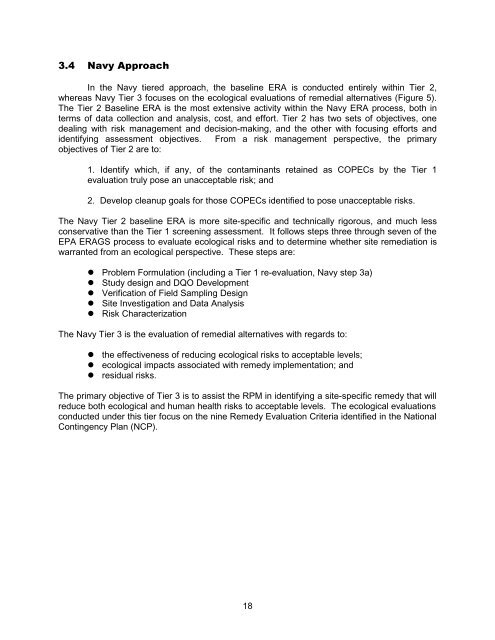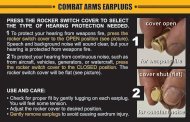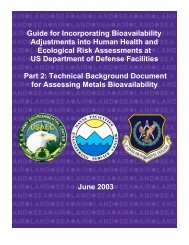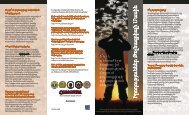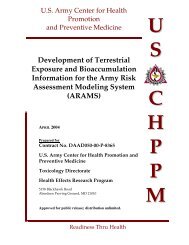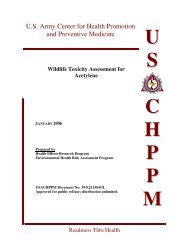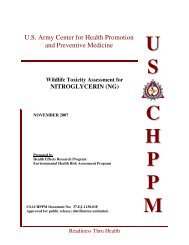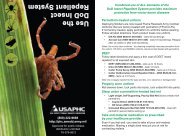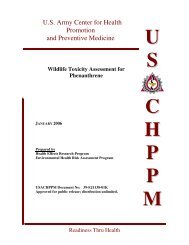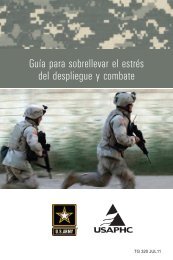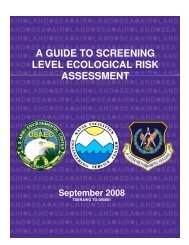Tri-Service Remedial Project Manager's Guide for Ecological Risk ...
Tri-Service Remedial Project Manager's Guide for Ecological Risk ...
Tri-Service Remedial Project Manager's Guide for Ecological Risk ...
You also want an ePaper? Increase the reach of your titles
YUMPU automatically turns print PDFs into web optimized ePapers that Google loves.
1DY\$SSURDFKIn the Navy tiered approach, the baseline ERA is conducted entirely within Tier 2,whereas Navy Tier 3 focuses on the ecological evaluations of remedial alternatives (Figure 5).The Tier 2 Baseline ERA is the most extensive activity within the Navy ERA process, both interms of data collection and analysis, cost, and ef<strong>for</strong>t. Tier 2 has two sets of objectives, onedealing with risk management and decision-making, and the other with focusing ef<strong>for</strong>ts andidentifying assessment objectives. From a risk management perspective, the primaryobjectives of Tier 2 are to:1. Identify which, if any, of the contaminants retained as COPECs by the Tier 1evaluation truly pose an unacceptable risk; and2. Develop cleanup goals <strong>for</strong> those COPECs identified to pose unacceptable risks.The Navy Tier 2 baseline ERA is more site-specific and technically rigorous, and much lessconservative than the Tier 1 screening assessment. It follows steps three through seven of theEPA ERAGS process to evaluate ecological risks and to determine whether site remediation iswarranted from an ecological perspective. These steps are:l Problem Formulation (including a Tier 1 re-evaluation, Navy step 3a)l Study design and DQO Developmentl Verification of Field Sampling Designl Site Investigation and Data Analysisl <strong>Risk</strong> CharacterizationThe Navy Tier 3 is the evaluation of remedial alternatives with regards to:l the effectiveness of reducing ecological risks to acceptable levels;l ecological impacts associated with remedy implementation; andl residual risks.The primary objective of Tier 3 is to assist the RPM in identifying a site-specific remedy that willreduce both ecological and human health risks to acceptable levels. The ecological evaluationsconducted under this tier focus on the nine Remedy Evaluation Criteria identified in the NationalContingency Plan (NCP).18


